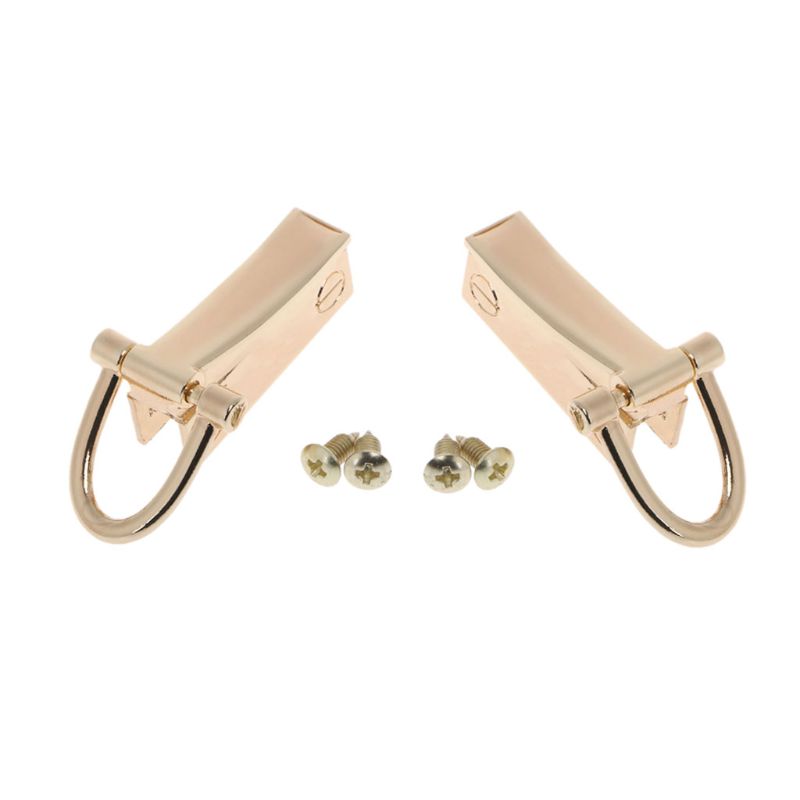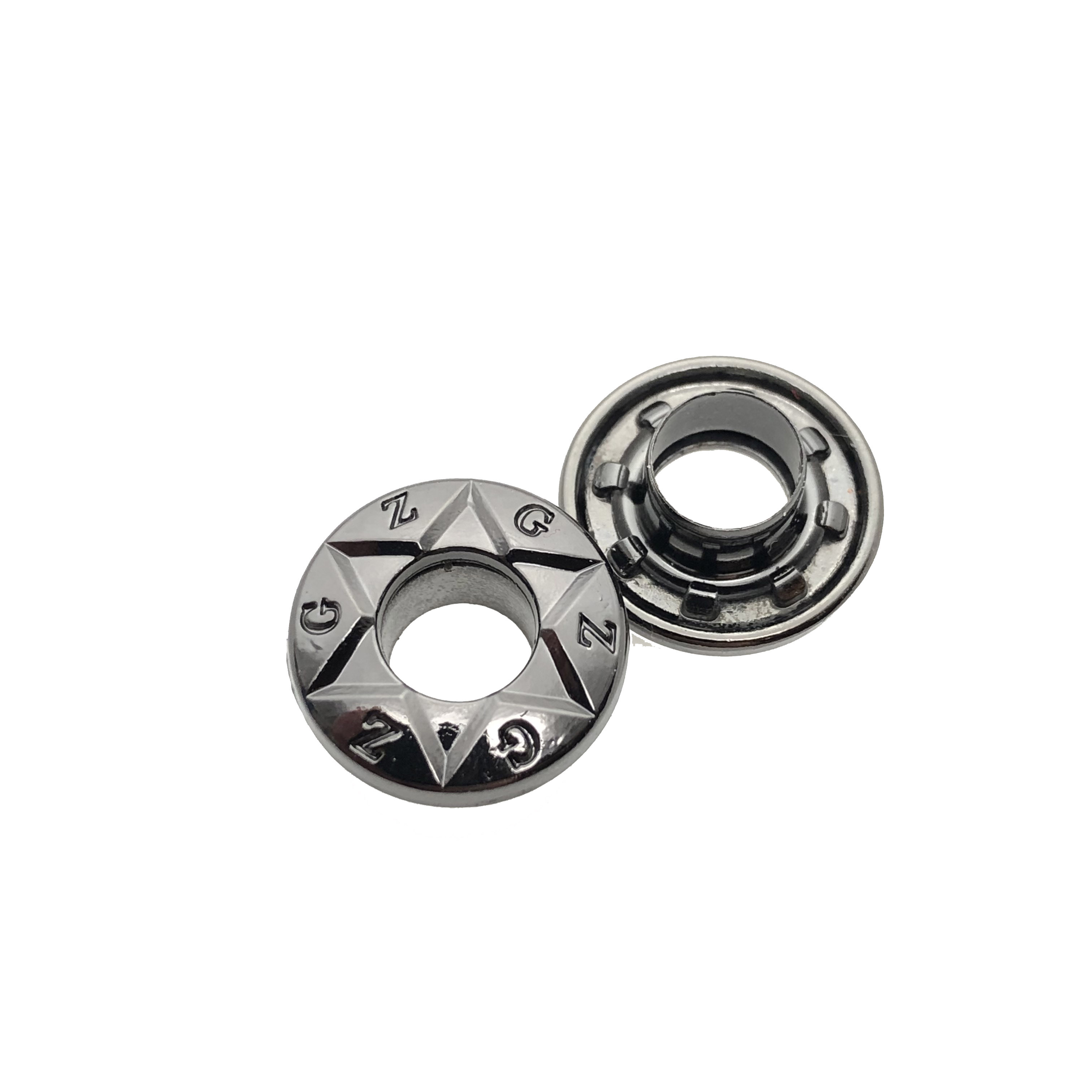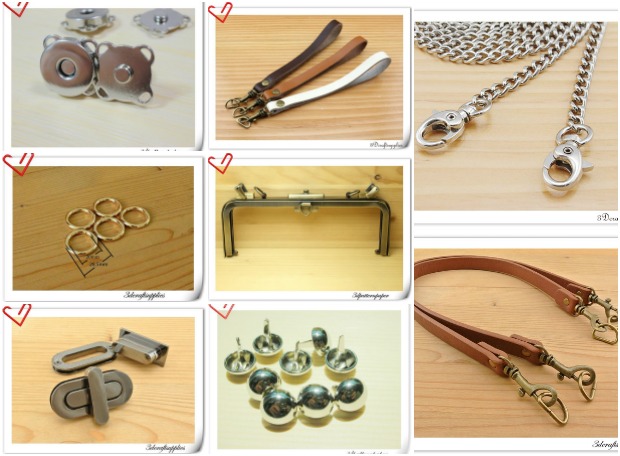Quality bag hardware is the secret to a professional, durable finish. Crafters often overlook that material choice and precise installation matter most.

A beautifully crafted leather bag is a testament to skill and patience, but its journey from a piece of hide to a functional work of art depends on more than just the leather itself. The metal fittings—the buckles, snaps, and zippers—are not mere embellishments; they are the bag’s functional skeleton. The secrets that elevate a handmade bag from good to exceptional often lie in the weight, material, and proper installation of its hardware. Here, we reveal the critical details that seasoned crafters prioritize to ensure their creations stand the test of time.

Table of Contents
- Why Your Hardware Choice Defines Your Craftsmanship
- Decoding Hardware Materials: The Solid Brass vs. Alloy Debate
- The Essential Arsenal: What Hardware Do You Actually Need?
- The Secret to Professional Installation: Tools & Techniques
- Avoiding Common Hardware Pitfalls
- Where to Source Quality Bag Findings
Why Your Hardware Choice Defines Your Craftsmanship
Many aspiring bag makers see hardware as a final, decorative touch. Professionals, however, view it as a foundational element that directly impacts the bag’s quality, durability, and overall value. The right hardware choices are a hallmark of superior craftsmanship and signal to a discerning eye that a piece is built to last, not just to look good for a season.

The first interaction with a bag is often tactile. The satisfying heft of a solid brass turn-lock or the smooth glide of a well-made zipper immediately communicates quality. Conversely, a flimsy, lightweight clasp or a zipper that snags creates a poor impression, regardless of how exquisite the leather is. This initial perception of quality is crucial, as it sets the expectation for the entire piece. Your hardware is, in many ways, the handshake of your bag—it should be firm and confident.
Beyond aesthetics, the longevity of your project hangs on these metal components. A full-grain leather bag can endure for decades, developing a rich patina with age. But this potential is completely undermined if a critical D-ring warps, a snap hook spring fails, or a cheap plating flakes off a buckle. Hardware failure is the most common reason a well-used bag is retired. By choosing hardware with integrity, you are ensuring the entire structure remains sound for years of reliable use.
Decoding Hardware Materials: The Solid Brass vs. Alloy Debate
Walk into any craft store, and you’ll be met with a wall of shiny hardware. Much of it, however, is made from inexpensive zinc alloy plated to look like brass, nickel, or gold. Professionals know the difference, and it’s a crucial one. Understanding the core materials is non-negotiable for anyone serious about their craft.
Solid Brass is the undisputed champion for high-end leather goods. It is an alloy of copper and zinc that is renowned for its strength, durability, and exceptional corrosion resistance. It won’t rust and develops a beautiful, warm patina over time, a characteristic highly prized in heritage-quality pieces. It has a substantial, pleasing weight that cheap alloys cannot replicate. While its initial cost is higher, its longevity makes it a wise investment in your project’s life.
Zinc Alloy is a lightweight, inexpensive metal that is easy to cast into intricate shapes. This makes it a popular choice for mass-market hardware. Its major drawback is its lack of strength and durability. It is prone to breaking under stress, and the thin plating that gives it a shiny finish inevitably chips, flakes, or wears away, exposing the dull, greyish metal underneath. This is the material to avoid for any load-bearing parts of your bag.
Stainless Steel and Nickel offer a modern, sleek aesthetic and boast excellent strength and corrosion resistance. They are heavier and can be more expensive than brass, but they provide a silver-tone finish that will not tarnish or change over time, making them ideal for contemporary or utilitarian designs.
To make the choice clearer, here is a direct comparison of the most common materials:
| Feature | Solid Brass | Zinc Alloy | Stainless Steel |
|---|---|---|---|
| Durability | Excellent | Poor to Fair | Excellent |
| Corrosion Resistance | High | Low (once plating wears off) | Very High |
| Weight | Substantial | Lightweight | Heavy |
| Aging | Develops a rich patina | Plating flakes, tarnishes poorly | Stays consistent |
| Cost | Higher | Low | Moderate to High |
| Best For | Heritage pieces, lifetime bags | Practice projects, low-use items | Modern/utilitarian designs |
The Essential Arsenal: What Hardware Do You Actually Need?
Building a collection of reliable hardware starts with understanding the primary categories and their specific functions. Investing in a few high-quality pieces in each category is far better than having a large assortment of subpar options.
Closures and Fasteners
These are the components that secure your bag’s contents. Their reliability is paramount.
Zippers: For main compartments or secure pockets, zippers are a staple. Professionals almost exclusively use brands like YKK for their proven reliability. Pay attention to the size (#5 is a great all-purpose size for bags) and material (metal zippers offer a classic look and durability).
Magnetic Snaps: Ideal for flaps and pockets requiring quick access. Seek out strong, high-quality magnets. For a truly professional look, learn to install recessed or “invisible” magnetic snaps that are hidden within the lining.
Turn Locks, Tuck Locks, & Swing Clasps: These mechanical closures provide a secure fastening and a strong design element. They are perfect for formal briefcases and handbags, adding a touch of vintage elegance and sophistication.
Connectors and Attachments
This hardware connects straps, handles, and other components, bearing the most weight and stress.
D-Rings & O-Rings: These simple rings are used to attach straps to the body of a bag. The most important feature is that they are solid cast or welded. Unwelded rings can be pulled open under the weight of a loaded bag, leading to catastrophic failure.
Snap Hooks & Swivel Clasps: Essential for making detachable straps. A quality snap hook will have a strong internal spring that doesn’t weaken over time and a swivel that moves freely without sticking.
Strap Sliders & Rectangular Rings: Used together, these pieces allow you to create adjustable straps for crossbody bags and backpacks. Their function is purely mechanical, so choose sturdy, well-cast pieces that allow the strap to slide smoothly without slipping.
Structural and Protective Elements
These small details provide reinforcement and protection, significantly extending the life of your bag.
Rivets & Chicago Screws: These are used to permanently fasten leather pieces together, especially at high-stress points like where a handle meets the bag body. Double-cap rivets provide a finished look on both sides. It is critical to use rivets with the correct post length for your leather’s thickness. Chicago screws offer a similar look but have the advantage of being removable.
Bag Feet: Adding metal feet to the bottom of a tote or handbag is a simple step that has a huge impact. It protects the leather base from dirt and abrasion, adds stability, and lends a distinctly professional finish.
The Secret to Professional Installation: Tools & Techniques
Owning premium hardware is only half the battle. Flawless installation is what separates an amateur from a professional. This requires the right tools and, more importantly, the right techniques that protect both the hardware and the leather.
Forget the standard hammer from your toolbox. Proper hardware installation demands specialized tools. A dedicated rivet setter kit with a concave anvil is essential for doming rivets without flattening them. A set of sharp hole punches in various sizes ensures clean cuts for prongs and screws. Using a poly mallet or rawhide hammer prevents damage to your tools and hardware finish. For installing locks and feet, a set of small, quality screwdrivers is a must.
Perhaps the most guarded secret of professional bag makers is the use of reinforcement. Never attach hardware directly to a single layer of leather, especially on a stress point. Pros always place a small, hidden piece of stiffener or a scrap of leather behind the hardware, sandwiched between the exterior and the lining. This distributes the pulling force over a wider area, preventing the leather from stretching, distorting, or tearing over time.
Finally, precision is everything. A misaligned lock or an unevenly spaced set of rivets can ruin the symmetry of an entire piece. Always follow the “measure twice, punch once” rule. Use a scratch awl to mark your hole locations with pinpoint accuracy. For symmetrical placements, create a paper template first and use it for both sides of your project.
Avoiding Common Hardware Pitfalls
Knowing what to avoid is as important as knowing what to do. Many promising projects are let down by simple, preventable hardware mistakes.
Mismatched Finishes: Nothing screams “amateur” more than a bag with multiple, clashing metal finishes. A yellow-gold zipper pull next to an antique brass D-ring looks jarring and unplanned. Commit to one finish for the entire project, whether it’s Natural Brass, Antique Brass, Nickel, or Matte Black, and ensure all your components match.
Incorrect Scale: The hardware must be proportional to the bag. Using heavy, chunky hardware on a delicate clutch will look clumsy and overwhelm the design. Conversely, using tiny, delicate hardware on a large, rugged tote will look out of place and likely fail under the strain. Let the bag’s size, style, and intended use dictate the scale of your hardware.
Ignoring Leather Temper: Different leathers have different characteristics. Attaching a rigid turn-lock to a very soft, pliable leather without significant internal reinforcement will cause the area to sag and pull. Always consider how the structure of your hardware will interact with the temper of your chosen leather.
Forgetting the Interior: A professional finish extends to the inside of the bag. Ensure that the prongs from magnetic snaps or the backs of locks are covered by the lining. This not only looks cleaner but also prevents the metal from snagging or scratching the bag’s contents.
Where to Source Quality Bag Findings
While convenient, the large chain craft stores are generally not the place to find professional-grade hardware. Their selection is often limited to the aforementioned plated zinc alloy, and they rarely carry the range of sizes and finishes a serious crafter needs.
To find the best materials, you must turn to specialized suppliers who cater to leatherworkers. These vendors understand the importance of material integrity and stock hardware that is designed for function and longevity, not just for looks. They can provide detailed information about an item’s base metal, construction, and load-bearing capabilities.
A reliable supplier who understands the needs of a serious crafter is invaluable. At Beldtura Leather, we curate our hardware collection to meet professional standards, focusing on materials like solid brass that ensure your project not only looks beautiful but endures. We source the kind of robust, timeless hardware that we use in our own projects, because we believe your legacy deserves nothing less.



